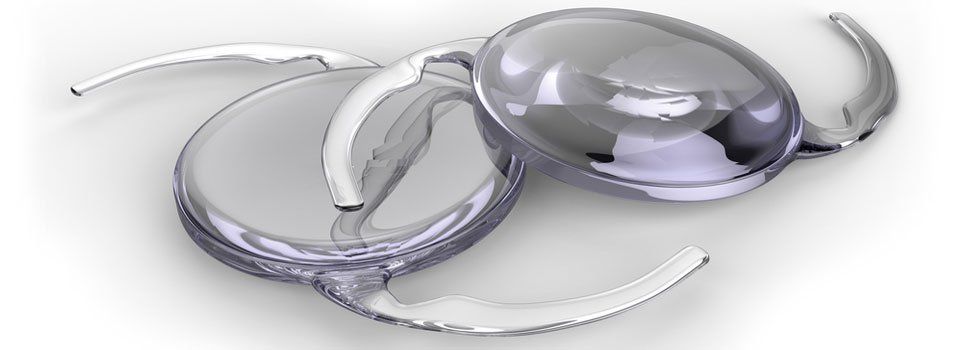Lens Implants
INTRAOCULAR LENS IMPLANTS (IOLs)
Intraocular lens implants (IOLs) are artificial lenses surgically implanted in the eye to replace the natural lens removed during cataract surgery. IOLs are also sometimes used in refractive lens exchange procedures to correct vision in patients who do not have cataracts.
Here are some things to know about IOLs:
- Types of IOLs:
Several types of IOLs available, including monofocal, multifocal, toric, and accommodating lenses. Monofocal lenses provide clear vision at one distance (usually distance vision), while multifocal lenses can provide clear vision at multiple distances (distance, intermediate, and near). Toric lenses are used to correct astigmatism, and accommodating lenses can adjust their position in the eye to provide clear vision at different distances.
- Choosing an IOL: The type of IOL that is best for you will depend on your individual needs and preferences, as well as the recommendation of your ophthalmologist. Some factors to consider include age, lifestyle, occupation, and overall eye health.
- Implantation:
IOLs are typically implanted during cataract surgery or refractive lens exchange procedures. The artificial lens is folded and inserted into the eye through a small incision, then unfolded and positioned in the same location as the natural lens.
- Recovery: After IOL implantation, most patients are able to return to normal activities within a few days to a week. Eye drops are typically prescribed to prevent infection and reduce inflammation.
- Risks: Like any surgical procedure, there are risks associated with IOL implantation. These may include infection, bleeding, inflammation, and vision problems such as glare or halos. It's important to discuss the potential risks and benefits of IOLs with your ophthalmologist before deciding on whether to proceed with the procedure.
IOLs can significantly benefit patients undergoing cataract surgery or refractive lens exchange procedures. They can improve visual acuity and reduce or eliminate the need for glasses or contact lenses.
WE WOULD LOVE
TO SEE YOU
Contact Us
LENS IMPLANT TYPES
Several types of intraocular lens (IOL) implants can be used during cataract surgery or refractive lens exchange procedures. Here are some of the most common types:
- Monofocal IOLs: These are the most basic type of IOL and provide clear vision at a near distance. Patients who choose mono-focal IOLs may need glasses or contact lenses to correct vision at far distances.
- Multifocal IOLs: These lenses provide clear vision at far distances, reducing or eliminating the need for glasses or contact lenses. Multifocal IOLs have different zones that correct for different distances, allowing the patient to see clearly at multiple distances.
- Accommodating IOLs: These lenses have the ability to change positions within the eye to offer sharp vision at various distances. With accommodating IOLs, the lens is moved forward or backwards naturally by the eye muscles, altering the lens's effective power.
- Toric IOLs: Astigmatism is a condition where the cornea is unevenly formed, resulting in blurry vision. These lenses are used to treat astigmatism. Toric IOLs can treat astigmatism as they have varied powers in various segments of the lens.
- Phakic IOLs: These lenses are implanted in front of the natural lens instead of replacing it. Phakic IOLs are typically used in patients with high levels of nearsightedness, for whom the laser vision correction procedure is not ideal.
- Extended Depth of Focus (EDOF) IOLs: As opposed to multifocal IOLs, these lenses produce a continuous spectrum of vision from far away to close up. A distinctive design of EDOF IOLs expands the depth of focus, enabling improved vision at all distances.
The patient's needs, lifestyle, and eye health must be taken into consideration when selecting an ideal IOL. It's important to discuss the different options with your ophthalmologist to determine which type of IOL is best for you.



